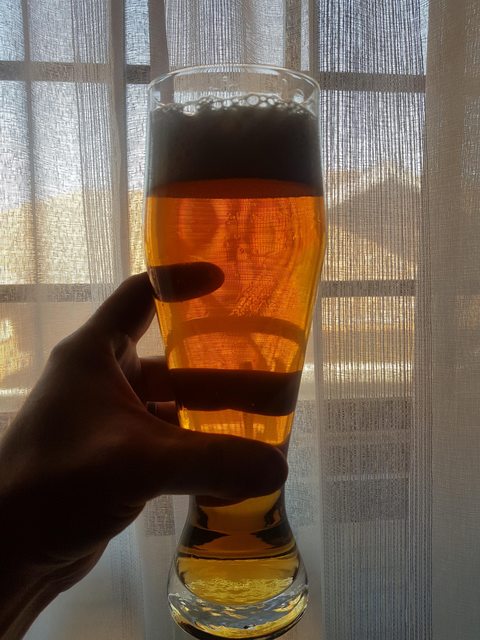If there are 2 110V outlets on separate circuits (and on opposite sides in the main panel), there will be 240V between them.
You'd need 2 extension cords and bridge them. I'm quite sure that would violate your "installation's" fair use policy.
Also any electric stove, clothes dryer, and such will be 240V.
There is a dryer in a room across the hall from where our brew room is, but there would be too many eyes that could see what is going on. It's not against the rules, as people have been brewing on and off out here for a long time. After I had been here a little while, I was told that folks used to brew out here and where the leftover equipment was, I went and looked around, found some swing top bottles, liter and half liter, grabbed those, a big kettle, a burner with a windshield, a broken auto siphon, and a number of other small items, but there wasn't enough left. Also didn't have a clue as to how they ran the burner, as there is no propane out here, and really no feasible way to get any out here. Although it may have been available in the past.
I'm pretty certain that all off the outlets are on the same circuit, and messing with any wiring would be a surefire way to get into trouble.












































![Craft A Brew - Safale BE-256 Yeast - Fermentis - Belgian Ale Dry Yeast - For Belgian & Strong Ales - Ingredients for Home Brewing - Beer Making Supplies - [3 Pack]](https://m.media-amazon.com/images/I/51bcKEwQmWL._SL500_.jpg)














